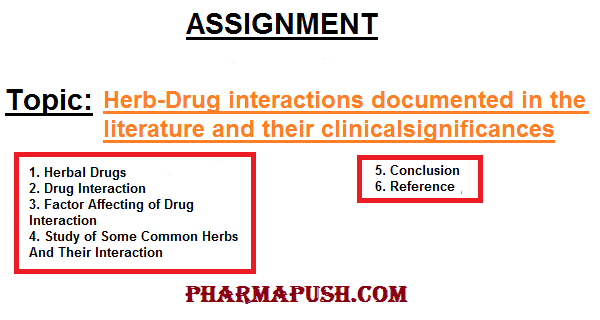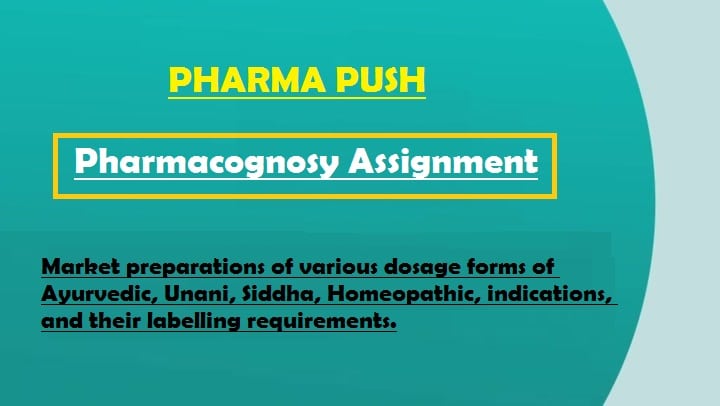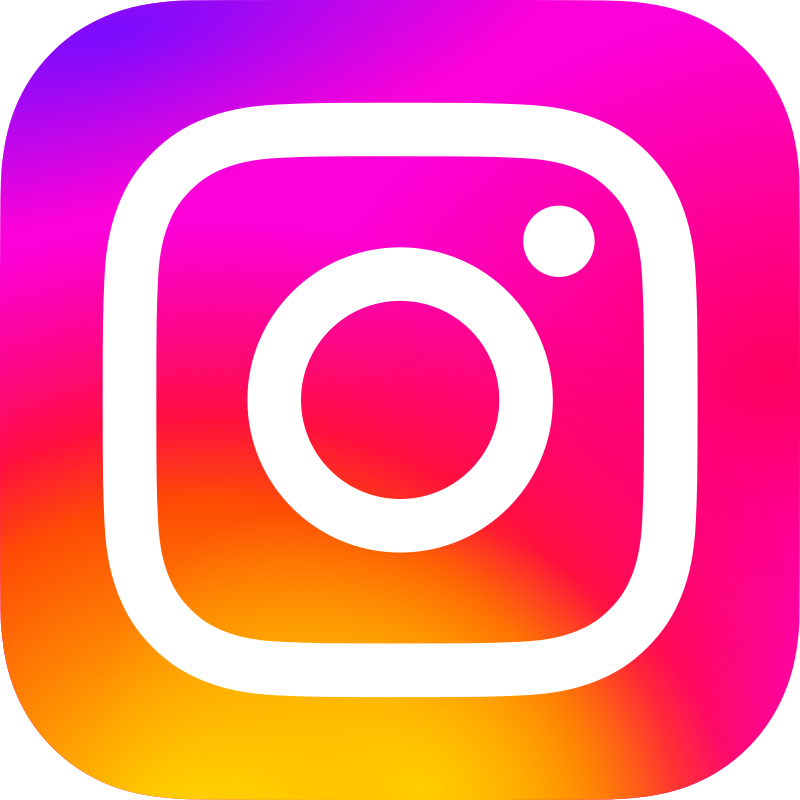Market preparations of herbal formulations and herbal cosmetics involve a series of steps including formulation development, testing, regulatory compliance, and labeling. Here’s an overview of the process along with indications and labeling requirements:
1. Formulation Development:
- Research and Development: Identify herbs and natural ingredients with therapeutic properties.
- Formulation: Combine ingredients in specific ratios to achieve desired effects.
- Testing: Conduct stability and safety tests to ensure product efficacy and safety.
NOTE- Please write some extra information for your assignment in the Pharmacognosy Book.
2. Regulatory Compliance:
- Ingredient Approval: Check regulatory guidelines to ensure that chosen ingredients comply with safety standards.
- Regulatory Agencies: Different countries have different regulatory bodies (e.g., FDA in the U.S., European Medicines Agency in Europe) that oversee herbal products. Comply with their requirements.
3. Indications:
- Specific Health Benefits: Clearly define the therapeutic or cosmetic benefits of the product.
- Target Audience: Identify the specific consumer group for which the product is intended.
- Clinical Studies: If applicable, conduct clinical studies to support claimed benefits.
You May Like: Herb-Drug interactions documented in the literature and their clinicalsignificances
Join Telegram4. Labelling Requirements:
- Product Name: Clearly state the product name and specify if it’s a herbal formulation or cosmetic.
- Ingredients List: List all ingredients in descending order of concentration.
- Indications and Directions: Clearly state the intended use and provide instructions for use.
- Batch Number and Expiry Date: Essential for tracking and ensuring product freshness.
- Manufacturer Information: Include the name and address of the manufacturer.
- Warnings and Precautions: Mention any potential side effects or precautions.
- Net Quantity: Specify the quantity of the product in the package.
- Storage Conditions: Advise on how the product should be stored to maintain efficacy.
- Not for Medicinal Use: If not approved as a medicinal product, clearly state that the product is not intended for medicinal use.
- Certifications: Display relevant certifications, such as organic or cruelty-free, if applicable.
- Barcode/UPC Code: For retail purposes and inventory management.
5. Packaging:
- Eco-friendly Packaging: Consider environmentally friendly packaging options.
- Tamper-Evident Seals: Ensure the product’s integrity with tamper-evident packaging.
6. Marketing and Distribution:
- Market Research: Understand the target market and competition.
- Distribution Channels: Decide on the distribution channels (e.g., retail stores, online platforms).
- Marketing Strategies: Develop marketing campaigns highlighting the product’s natural and herbal qualities.
7. Ongoing Compliance:
- Monitoring and Reporting: Regularly monitor and report adverse events if any.
- Regulatory Updates: Stay informed about changes in regulations and update product labeling accordingly.
8. Quality Control:
Quality control (QC) is a critical aspect of the production process for herbal formulations and cosmetics. It involves systematic activities designed to ensure that products meet defined quality standards and specifications.
- Quality Assurance (QA): Implement QA measures to ensure consistent quality in each batch.
- Standardization: Establish standards for raw materials and the manufacturing process.
- Third-Party Testing: Consider independent testing to verify the quality of the final product.
Implementing a robust quality control system is essential for ensuring the safety, efficacy, and consistency of herbal formulations and cosmetics. It also contributes to building consumer trust and maintaining a positive reputation in the market. Regular reviews and updates to quality control processes are critical to adapting to changes in regulations and industry best practices.
9. Claims and Advertising:
- Substantiated Claims: Ensure that any claims made about the product’s efficacy are supported by scientific evidence.
- Avoiding Misleading Statements: Refrain from making exaggerated or misleading statements in advertising.
10. Herbal Formulations:
- Synergistic Blends: Formulate combinations of herbs that work synergistically for enhanced efficacy.
- Extraction Methods: Choose appropriate extraction methods to maximize the extraction of active compounds.
11. Herbal Cosmetics:
- Skin Compatibility: Test the cosmetic product for skin compatibility through patch testing.
- Fragrance and Colorants: If used, ensure that fragrance and colorants are from natural sources and comply with regulations.
12. Documentation:
- Product Dossier: Maintain a comprehensive dossier containing information on formulation, testing, and compliance.
- Safety Data: Keep safety data, including toxicological profiles, readily available.
13. International Considerations:
- Global Harmonization: Adapt formulations and labeling to comply with international standards.
- Export Regulations: Research and comply with regulations in the target export markets.
14. Post-Market Surveillance:
- Customer Feedback: Collect and analyze customer feedback for continuous improvement.
- Adverse Event Reporting: Establish a system for reporting and addressing adverse events.
15. Sustainable and Ethical Practices:
- Sustainable Sourcing: Ensure that herbs are sourced sustainably to support environmental conservation.
- Ethical Practices: Consider fair trade practices and ethical sourcing of ingredients.
16. Education and Awareness:
- Consumer Education: Educate consumers about the benefits and proper usage of herbal products.
- Training for Retailers: Provide training to retailers on the features and benefits of the products.
17. Collaboration with Experts:
- Botanists and Herbalists: Collaborate with experts in botany and herbalism to refine formulations.
- Regulatory Consultants: Seek guidance from regulatory experts to navigate complex compliance requirements.
18. Innovation:
- Continuous Improvement: Invest in research and development for continuous product improvement.
- New Product Development: Innovate and expand product lines to meet evolving market trends.
By carefully addressing these aspects, businesses can ensure that their herbal formulations and cosmetics meet quality standards, comply with regulations, and are well-received by consumers in the market. Engaging with professionals in various fields and staying informed about industry developments are key to success in this dynamic market.



I want to this asignment
Pdf., file send me
Topic_Market preparation of various herbal cosmetics,indication and their labeling requirement.
Contents
1.Introduction
2.Aim&objective
3.Market preparation
a.product name
b.Company name
c.Ingredients
dDosage form
e.Therapeutic uses
f.Labeling requirement
g.Storage
How do wark
Mujhe PDF chaiye
Assignment
Market preparation of various herbal preparation, herbal cosmetics, indication,and their labelling requirements